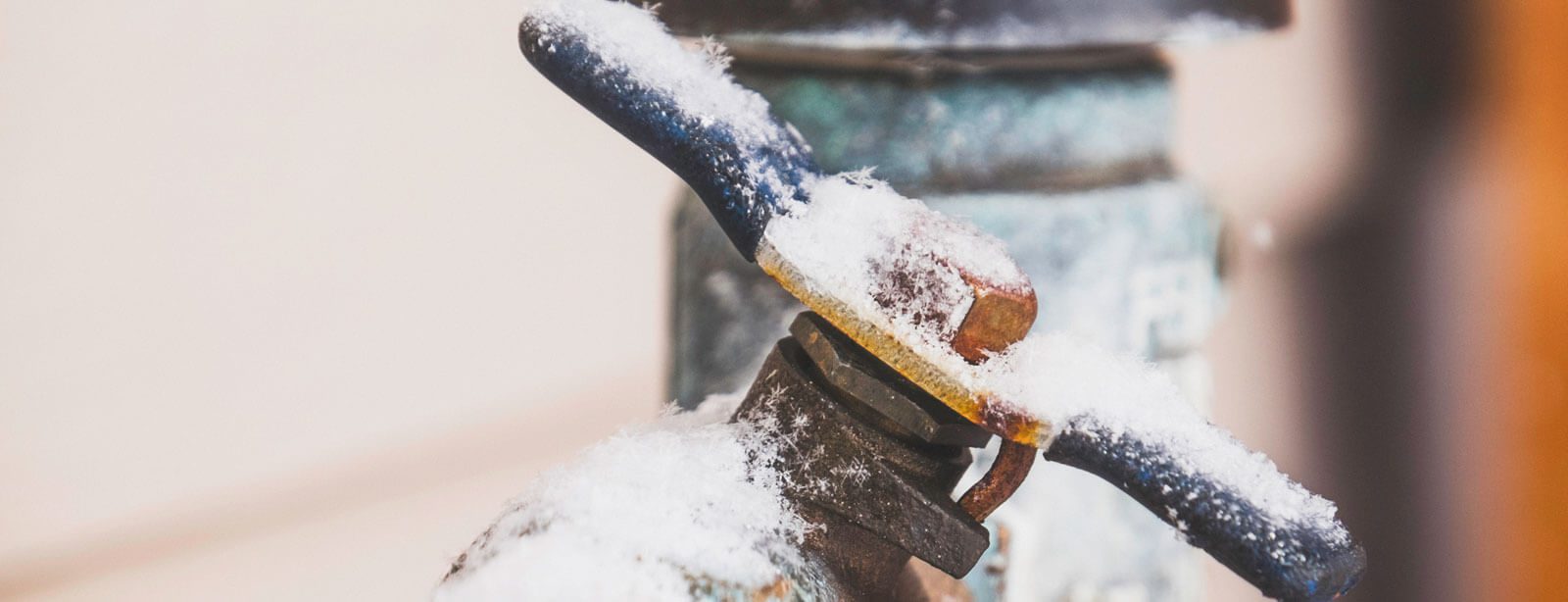Protect Against Frozen Pipes in Winter: Expert Advice
Protect Against Frozen Pipes in Winter: Expert Advice
Blog Article
We've come across this great article on How to prepare your home plumbing for winter weather down the page on the internet and figured it made good sense to relate it with you here.

Winter can wreak havoc on your plumbing, particularly by freezing pipelines. Right here's exactly how to avoid it from happening and what to do if it does.
Intro
As temperatures decrease, the threat of frozen pipes increases, potentially causing costly fixings and water damages. Recognizing how to stop icy pipes is essential for property owners in cool environments.
Prevention Tips
Shielding prone pipes
Wrap pipes in insulation sleeves or make use of heat tape to safeguard them from freezing temperatures. Focus on pipelines in unheated or external areas of the home.
Home heating techniques
Keep interior areas effectively heated, especially locations with pipes. Open up cupboard doors to permit warm air to flow around pipelines under sinks.
How to recognize frozen pipes
Search for lowered water flow from faucets, unusual odors or sounds from pipelines, and visible frost on revealed pipelines.
Long-Term Solutions
Architectural adjustments
Consider rerouting pipelines away from exterior wall surfaces or unheated areas. Include extra insulation to attic rooms, cellars, and crawl spaces.
Upgrading insulation
Purchase high-quality insulation for pipes, attics, and walls. Correct insulation helps preserve regular temperature levels and minimizes the threat of frozen pipes.
Shielding Outdoor Plumbing
Yard tubes and exterior faucets
Separate and drain pipes yard hoses prior to winter. Install frost-proof faucets or cover outdoor taps with insulated caps.
Understanding Icy Pipelines
What creates pipelines to ice up?
Pipelines ice up when exposed to temperatures listed below 32 ° F (0 ° C) for prolonged periods. As water inside the pipelines freezes, it expands, putting pressure on the pipeline wall surfaces and potentially triggering them to rupture.
Threats and damages
Icy pipes can lead to water supply disturbances, property damages, and expensive fixings. Burst pipes can flood homes and create considerable architectural damage.
Signs of Frozen Piping
Identifying frozen pipes early can stop them from breaking.
What to Do If Your Pipes Freeze
Immediate actions to take
If you believe frozen pipelines, maintain faucets open up to ease pressure as the ice melts. Use a hairdryer or towels soaked in warm water to thaw pipes gradually.
Conclusion
Preventing frozen pipelines requires proactive measures and fast reactions. By recognizing the causes, signs, and safety nets, homeowners can shield their pipes throughout cold weather.
6 Proven Ways to Prevent Frozen Pipes and Protect Your Home
Disconnect and Drain Garden Hoses
Before winter arrives, start by disconnecting your garden hoses and draining any remaining water. Close the shut-off valves that supply outdoor hose bibs and leave the outdoor faucet open to allow any residual water to drain. For extra protection, consider using faucet covers throughout the colder months. It’s also important to drain water from any sprinkler supply lines following the manufacturer’s directions.
Insulate Exposed Pipes
Insulating your pipes is an effective way to prevent freezing. Pipe insulation is readily available at home improvement stores and is relatively inexpensive. Pay close attention to pipes in unheated areas such as the attic, basement, crawl spaces, or garage. Apply foam insulation generously to create a buffer against the cold. You can also wrap your pipes in heat tape or thermostat-controlled heat cables for added warmth.
Seal Air Leaks
Inspect your home for any cracks or openings that could let in cold air. Seal any holes around the piping in interior or exterior walls, as well as the sill plates where your home rests on its foundation. Additionally, make sure to keep your garage door closed unless you’re entering or exiting. Leaving it open creates a significant air leak that can lead to frozen pipes.
Allow Warm Air Circulation
During cold snaps, it’s essential to allow warm air to circulate evenly throughout your home. Leave interior doors ajar to promote better airflow. Open kitchen and bathroom cabinets to help distribute heat consistently around the rooms. If you have small children or pets, be sure to remove any household chemicals or potentially harmful cleaners from open cabinets for safety.
Let Faucets Drip
A small trickle of water can make a big difference in preventing ice formation inside your pipes. When temperatures drop significantly, start a drip of water from all faucets served by exposed pipes. This continuous flow helps prevent the water from freezing. Additionally, running a few faucets slightly can relieve pressure inside the pipes, reducing the chances of a rupture if the water inside does freeze.
https://choateshvac.com/6-proven-ways-to-prevent-frozen-pipes-and-protect-your-home/

I'm certainly very drawn to 6 Ways to Prevent Frozen Pipes and I hope you liked the new blog posting. In case you enjoyed our blog posting please don't forget to pass it around. Kudos for being here. Come back soon.
Book An Appointment Report this page